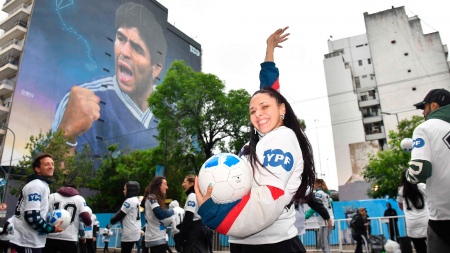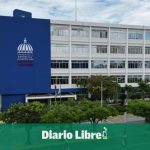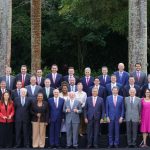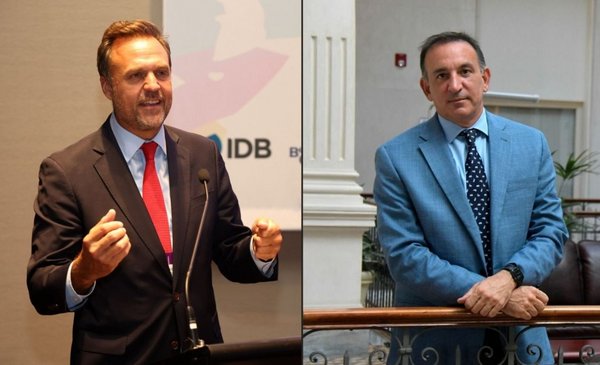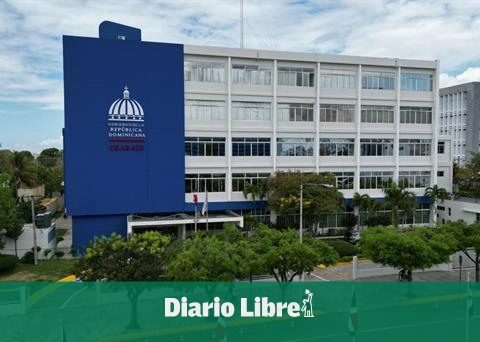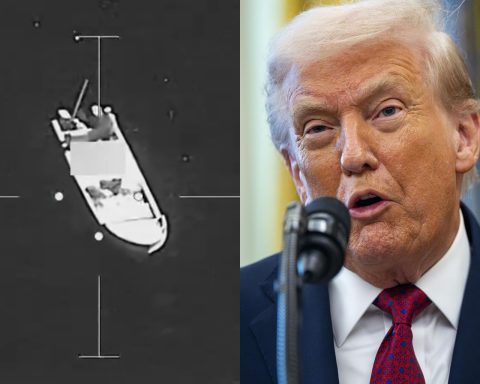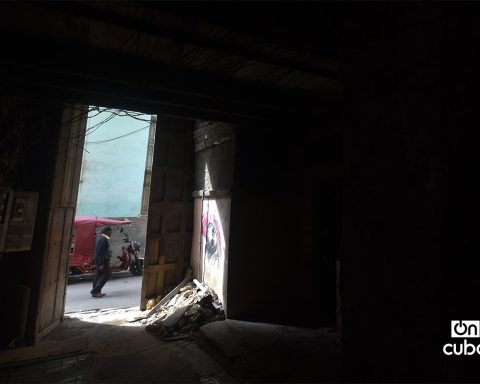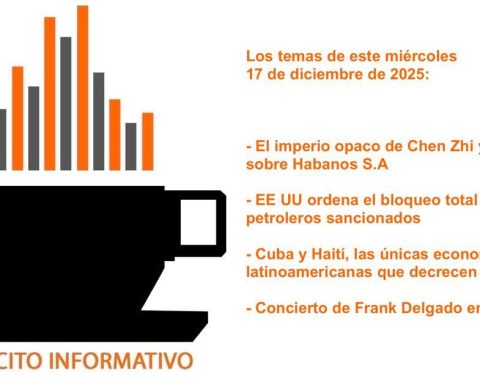The largest mural in the world dedicated to the figure of Diego Maradona was inaugurated this afternoon on the star’s 62nd birthday with a massive festival, with live shows, on San Juan Avenue at 1600, in the Buenos Aires neighborhood of Constitución, which brought together thousands of people who came there to pay homage to the idol.
The mural, made by the artist Martín Ron and the YPF company, is 45 meters high by 40 meters wide. and shows an image of Maradona at the start of the 1990 World Cup final in Italy, in which Argentina lost 1-0 to Germany, angry at the local fans who whistled the Argentine anthem.
Two of Diego’s daughters, Dalma and Giannina, and their mother, Claudia Villafañe, also participated in the tribute.
21 days before the World Cup in Qatar, the audience sang “we will be champions like in 1986” and “he who does not jump is an Englishman”.
The independent idol, Ricardo Bochini, highlighted in dialogue with Télam: “For me it is a pride that Diego has said that I was his idol. I cannot say it with words”.
While, Sergio Goycochea, former goalkeeper of the Argentine National Team and friend of Maradona, told Télam that “October 30 and November 25 (the date Maradona died) are dates where emotion and memory spring up. It is difficult to talk about his death, that he is not. I think the best way to refer to Diego is to do it in the present tense, as if he were there, “Sergio Goycochea, a former goalkeeper for the Argentine national team and a friend of Maradona, told Télam.

Goycochea, who was by Maradona’s side in the initial formation of the National Team when the Italian fans whistled the Argentine anthem, emotionally acknowledged that “when they scolded us for the anthem, they gave us more strength, we united more.”
“The image of the mural is an emblem. Photos of goals are always chosen, but in this case an image was chosen about the repudiation of how they treated us in the 90 World Cup when they insulted us with the Anthem, of the desire they had to we lost”highlighted the former goalkeeper.
Miguel Di Lorenzo, better known as Galíndez, a historic masseur and friend of Maradona, was one of the first to arrive at the tribute, and, between tears, he stated: “it is not a happy day, I take it with sadness.”

“On his birthday, Diego told me ‘let’s eat at the fifth’ and we would go there to celebrate; there were always people, lots of love and joy”Galindez recalled.
He stressed that “it was number one and it will be forever. It is a satisfaction to have a mural like this to enjoy it.”
As the crowd gathered around the stage that was set up under the mural on San Juan Avenue, hundreds of boys and young people wearing the 10 shirt played ball games and danced.
Songs alluding to Diego were playing on the speakers, such as “La mano de Dios”, by Rodrigo, or “Life is life”, by Opus, that remembered song that Maradona danced while warming up with the ball to face a Napoli match .
Several gigantographs with Diego’s face and different phrases such as “Eternal Diego”, “From the paddock to glory” or “In this ground there is football” were displayed all over the avenue.

Ron, author of the mural, said that “it was a privilege to have made this monumental piece that will remain in the hearts of those who circulate in these streets”
And I add: “in this image we find the Diego Guerrero, the Diego of the harangue that represents the fall and getting back up in the face of adversity”.
Meanwhile, Dalma Maradona, who wore a shirt asking for justice for her father, remarked: “I am very happy with these tributes that are being paid to my dad and I hope that they continue to be made worldwide.”
Dalma emphasized that the selected photo “represents all of Argentina and the truth is a source of pride.”
Jorge, a resident of Villa Celina who has Diego tattooed on his right leg with the acronym D10S, told Télam that Maradona “symbolizes Argentinity at its best and was the most important in all of history.”
A few meters from the stage, Marcos, a resident of Boedo, a fan of San Lorenzo and a fan of Maradona, remarked: “Diego is and was the greatest thing that appeared in the history of Argentine soccer.”
“This mural is beautiful and reflects what Diego felt when he wore the national team jersey,” he said.
Santiago arrived at the tribute from Avellaneda, emotionally recalled the Argentine captain and stressed that he had “the luck and privilege of seeing the greatest of all time play when he visited the Double Visera”, the old Independiente stadium.

With tears in his eyes after singing Rodrigo’s Hand of God, he emphasized: “Diego will never die, as long as there is a ball spinning on the green grass, he will be present.”
Oscar Garré, former teammate and world champion at the 1986 World Cup in Mexico, told Télam that he feels “very proud because he is part of the history of world football.”
Ferro’s former defender highlighted Diego’s role as captain and considered: “We were a family and that is the most beautiful thing that this profession left behind and Diego was key together with (Carlos) Bilardo in that.”

The national senator of the Frente de Todos, Mariano Recalde, was also present at the tribute.
“Diego is a source of pride for Argentina. He symbolizes resilience, confronting the powerful, defending the weakest,” he stressed.
In this sense, he remarked that “it was not only his achievements on the field that made him known, but also his attitude towards life and the public that allowed him to be closer to the hearts of the people.”
For Alberto Márcico, historical striker for Ferro, Toulouse (France) and Boca, “one feels pride when they invite him to these events and especially when one was his teammate.”
Márcico stressed that “only one who played in Europe at the same time as Diego knows the real dimension of what he was as a footballer and the changes he brought about in the sport.”

One of the biggest attractions of the day was a flag unfurled by Nacho and Iván, two devotees of the Maradonian Church, with an image of Diego being received in heaven by his parents Tota and Don Diego.
“Although he is not physically absent, Maradona will always be present”highlighted one of the young people.
“I like the photo because it shows the combative Diego, the one who fought against everything. I think he represents all Argentines who fight against everything every day to get ahead, Diego was the example of struggle,” said another about the mural, which took almost a month of work and more than 800 liters of paint.
On stage, various artists will perform songs dedicated to Diego such as La Guardia Hereje (“To see you gambetear”), Cucuza Castiello (“The kid’s dream”), Barrio Viejo with Dany Stone (“Nobody the same”), Rosario Ortega (“ Pelusa”), Ale Romero (“La Mano de Dios”) and Juanse (“Diego para siempre”), while a surprise band will be added to the closing of the event.
